Insights

08 Apr, 2024
Beyond the transactional: Harnessing AI to cultivate whole-hearted engagement in consumer research
Read More
Andrew Wardlaw
26 Aug, 2021 | 6 minutes
Brands struggling to maintain or even increase margins generated by product portfolios should take note. What if you could find a way to sell a smaller product for a higher price?
Stroll along the aisles of any large supermarket and you will find examples of innovation in slim formats that command a price premium. As more people become aware of their impact on the planet, we predict that smaller formats will grab an increasing share of purchasing. This is because ‘small’ will be increasingly viewed as less damaging.
This article is not about the merits of downsizing – that is, reducing the size of a product simply to maintain its price point or profit margin. Rather, it is about encouraging product developers and packaging designers to think about how they can work together to achieve a new equilibrium between price, quality, and quantity.
'Small is beautiful’ is set to become the new narrative in consumer activism.
Following the shock of World War One and the 1918 flu epidemic, society entered an age of hedonism that is often reviewed as the ‘Roaring 20’s’. It was an unprecedented period of creativity and innovation. It gave rise to Art Deco, a luxurious and opulent decorative style, and was reflected in everything from interiors to fashion.
In the wake of this pandemic, we think we’re on a fundamentally different path.
Scott Galloway, in his provocative new book ‘Post Corona’, claims that this pandemic’s lasting legacy will be as an accelerant of trends already in play. Whether it’s eCommerce or mental health, it’s hard to argue with his sentiment.
Taking Galloway’s prognosis on board, we expect a number of trends that were ‘bubbling under’ pre pandemic will begin tipping into more mainstream mindsets. Collectively, these sub-trends are converging towards one big idea. That small is beautiful. That less is more.
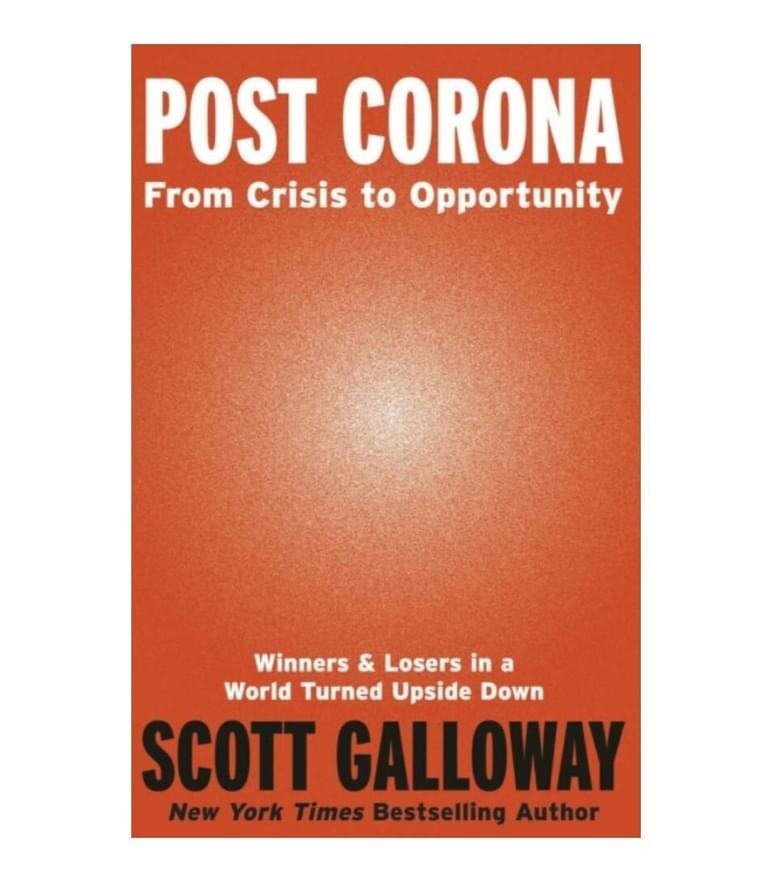
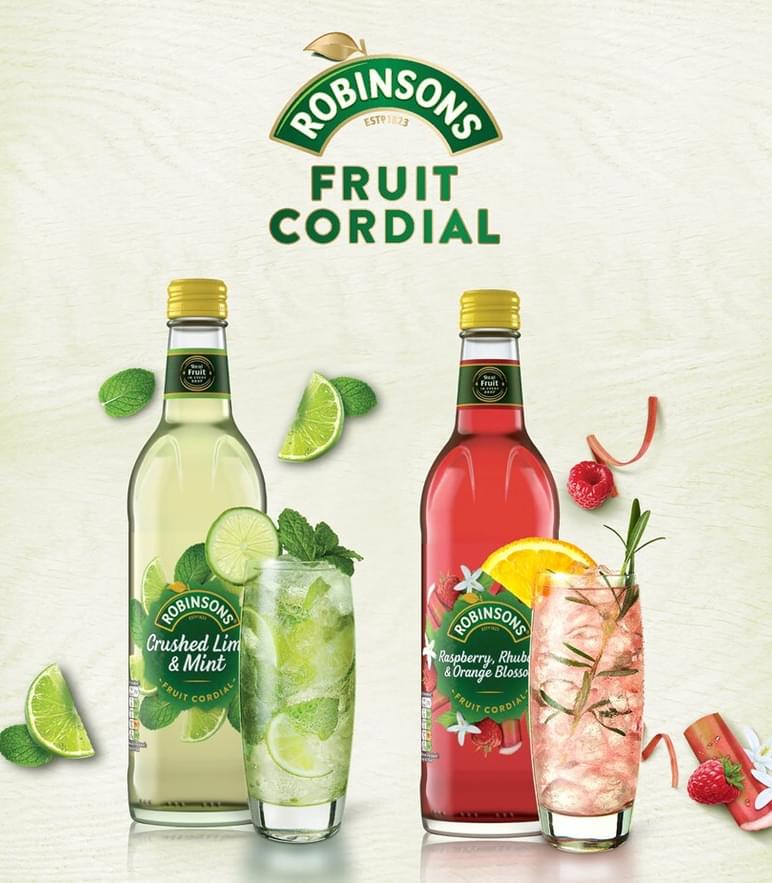
So, what are these trends, and why are they set to converge into something bigger?
First, this pandemic has exposed the fragility of modern living – a collective anxiety that we have been living beyond the means of this planet for far too long. Against this backdrop, larger product sizes will be seen as unnecessarily excessive. Compounding this shift in attitude will be our growing awareness of food waste. Smaller sizes will be increasingly viewed as smarter choices.
Illustration: Robinson’s Fruit Cordial 500ml. Britvic has done a superb job of extending the appeal of its Robinsons Family. Its real fruit and botanical cordials range comes in at 500ml and a U.K price point of £2.50. This compares to original Robinsons Orange Squash 1000ml at a price point of £1.50. The elegant, slimline glass bottle with minimalist graphic creates an overall more discerning impression, with the product delivery markedly more sophisticated by category standards.
Second, a new generation famed for ‘drinking less but better’ is highly likely to extend this mantra to other categories in response to eco-anxiety. Generation Z has grown up believing that previous generations have over-consumed, and they feel increasingly compelled to act – not least for the sake of their own future. To appeal to the emerging shopper, there needs to be a downward shift in the average category product size.
Third, it has become apparent that most people have endured the pandemic by consuming more calories. Comfort eating has been a huge trend over the last 18 months and now almost half the global population wants to lose weight. So, the opportunity to help beleaguered consumers regulate their consumption with smaller products is also an urgent one.
Illustration: Certo Garganega Veneto. Less wine. Less calories. In an aisle dominated by 750ml, this 50cl creation really catches the eye. Paul Baird, of The Together Agency says, “there are clear associations here with luxury fragrance. The front label contrasts with the clean lines of the bottle creating a highly disruptive package likely to attract the lighter drinker who otherwise might ignore wine.”
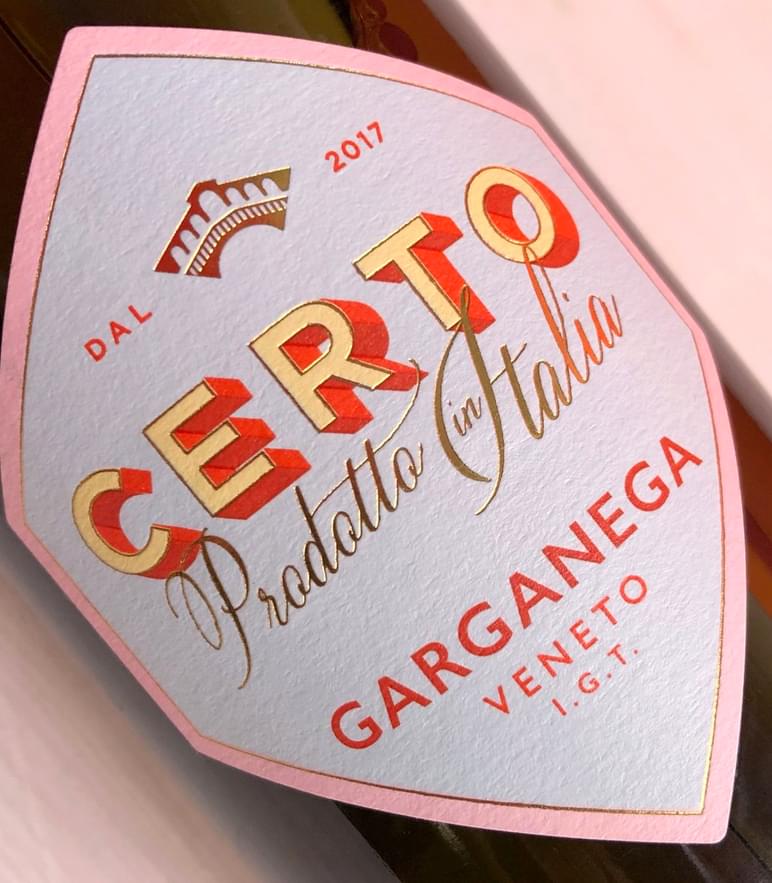
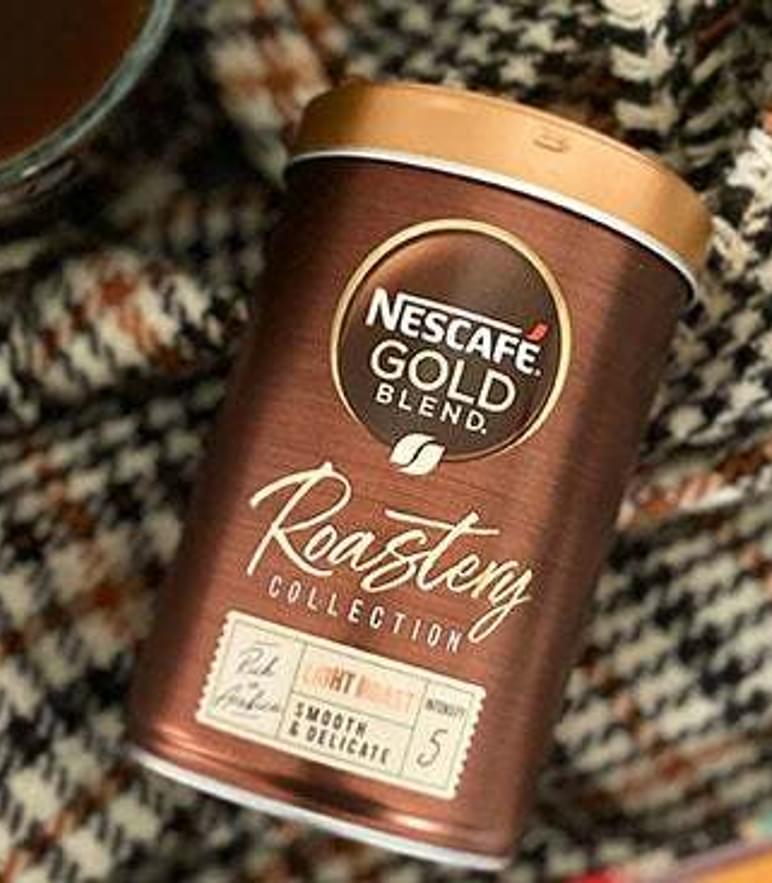
Forth, the slow movement has been increasing its influence for some years. In a world of excess, there is every reason to believe that this trend will speed up. ‘Slow’ has extended into all aspects of life such as the slow gym - where fewer repetitions at a higher resistance has been shown to deliver a better result. For FMCG, more thought must be given into creating products that offer an increased dwell time. Products that demand to be savored.
Fifth, recent events leave me in no doubt that the value people will place upon experiences will be higher post Corona. We will cherish our ability to taste and to smell so much more! Brands must capitalize on this moment by boosting the sensory impact of their products. More potent, more immersive, more extreme – ensuring that intensity wins over abundance.
Illustration: Nestle Gold Blend Roastery Collection 100g. This instant coffee claims to offer the flavor of artisan coffee, and is crafted by the Nescafé Gold Blend master roasters in Derbyshire, U.K. It has been praised for its outstanding complex flavor. At 100g, it is one of the smallest category propositions, with its distinctive and textured packaging execution supporting a 20% price premium over a similar sized Gold Blend jar.
We're not suggesting that the pursuit of less will appeal to everyone. Many shoppers will continue to demand ‘bulk’ to satisfy demands for value or to service whole families. There are also some categories where the emphasis on volume is simply too high.
However, if you’re looking for new innovation streams as well as margin enhancement, designing packaging and products that achieve this new equilibrium of quality over quantity is now a compelling opportunity for a consumer base that is mindful of excess consumption.
One great example spotted in the aisles last week is Colgate’s reimagination of toothpaste. Retailing at 100% more than its conventional premium whitening range, the ELIXIR experience is dramatically different. The product’s height to weight ratio is impressive. Holding the package in your hand drives expectations of a superior cleaning experience. A more robust, super-premium toothpaste. At 80ml, the product quantity is considerably below that category average, but the pack experience nudges a more minimal use of the product inside. The paste is dense and so using a smaller amount feels intuitively right.
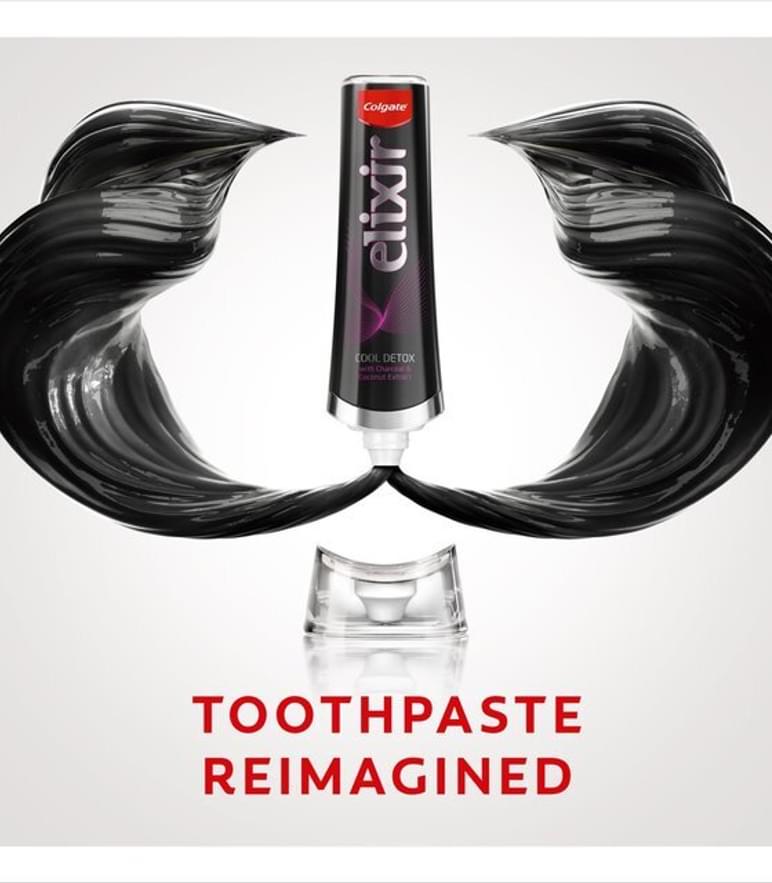
One dynamic that drives appeal of all the creations featured here is scarcity. An activation of behavioral science, scarcity has been used by marketing for decades to encourage buyers to act more immediately. Promoting a product or offer as ‘limited’ is a popular ruse of modern-day commerce. When an object or resource is less readily available, we tend to perceive it as more valuable (Cialdini, 2008), and this must now extend to the positioning and presentation of such products.
And with 73% of global FMCG professionals indicating that margin growth is expected to become harder post pandemic, and the likely conversations around ‘cost engineering’ all but inevitable, my hope is that the angle presented here offers a more progressive stream of thinking.
So, are you big enough to be small?
Our family of innovation companies now incorporates The Together Agency - an insight driven creative agency with considerable packaging experience, and KICR Innovation - a breakthrough innovation and prototyping consultancy. If you’re looking to align packaging and product development more closely, talk to us about how we can help you achieve a more holistically designed outcome.
If you'd like to understand a bit more about us or find out how we can help solve your challenges, check out our team's availability and book in a call at a time that suits you.
If you'd prefer to chat over email, fill out your details below and we'll get back to you as soon as we can.